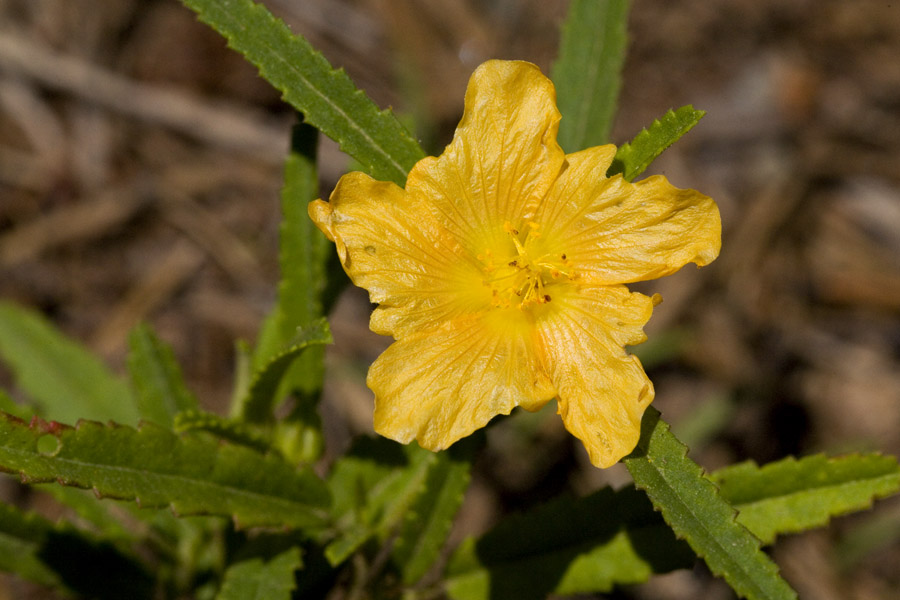- Home
- Search
- Images
- Datasets
- Sample Use
- How to Cite
- Additional Information
- About NEON
- NEON Data Portal
- ASU Biocollections
- About Symbiota
|
Family: Malvaceae |
PLANTS: Perennial herbs or subshrubs, erect or prostrate, glabrous or pubescent, sometimes viscid. LEAVES: ovate (sometimes lobed), elliptic, rhombic, or linear, usually dentate. FLOWERS: solitary in the leafaxils, in axillary glomerules, or in dense or open terminal racemes or panicles; involucel absent; calyx 5-lobed, often basally 10-ribbed; corolla white, yellow, orange or purplish, sometimes with a dark red center. FRUITS: schizocarpic, glabrous or pubescent; mericarps 5-14, usually indurate, usually laterally reticulate, apically 2-spined or muticous. NOTES: Ca. 150 spp. from all the warmer parts of the world. (name taken from Theophrastos, who applied it to Nymphaea). Fryxell, P. A. 1985. Sida 11:62-91. SEEDS: solitary, glabrous. REFERENCES: Fryxell, Paul A. 1994. Malvaceae. J. Ariz. - Nev. Acad. Sci. Volume 27(2), 222-236. Epicalyx wanting (in our spp.); cal 5-lobed, persistent and enclosing the fr, the ten costae leading alternately to the lobes and sinuses; stamen-column bearing anthers at the top; carpels 5-15, each with a single pendulous ovule; mature mericarps each with a lower, indehiscent, 1-seeded portion and an upper, dehiscent portion that is often tipped with 1 or 2 erect or connivent or inflexed beaks; upper and lower parts of the mericarp set apart dorsally by a shoulder that is an extension and joining of 2 lateral ribs; herbs and small shrubs with mostly small fls solitary or fascicled in the axils or forming a terminal panicle. 150+, warm reg. Gleason, Henry A. & Cronquist, Arthur J. 1991. Manual of vascular plants of northeastern United States and adjacent Canada. lxxv + 910 pp. ©The New York Botanical Garden. All rights reserved. Used by permission. |


